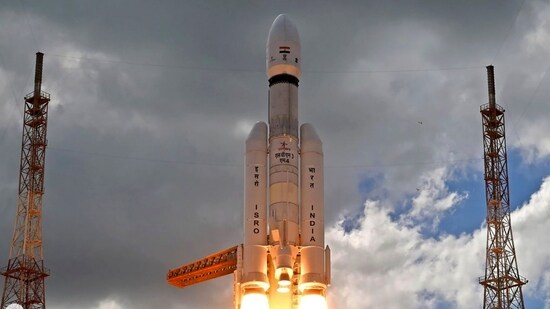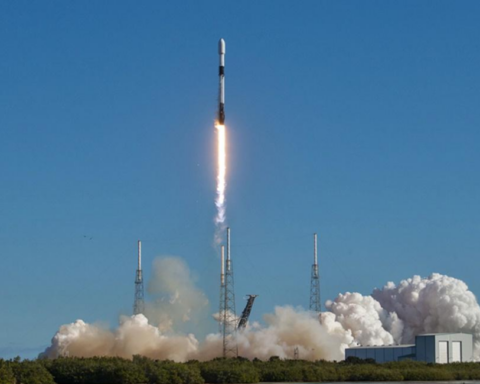Chandrayaan 3 is the third lunar exploration mission planned by the Indian Space Research Organization (ISRO). The mission follows the successful Chandrayaan 2 mission, which consisted of an orbiter, lander, and rover. While Chandrayaan 2’s lander and rover encountered issues during the landing phase, the orbiter continues to function and provide valuable scientific data.
ISRO has achieved a successful launch of its third spacecraft, Chandrayaan-3, into space. This mission serves as a follow-up to the previous attempt, Chandrayaan-2, which unfortunately did not land its rover softly on the lunar surface. Yesterday, at 2:35 pm IST, the Satish Dhawan Space Centre in Sriharikota witnessed the launch, bringing a sense of satisfaction and pride to the hardworking scientists, engineers, and the entire nation.
On India Development Debate, Tamanna Inamdar engages in a conversation with esteemed personalities who played pivotal roles in the mission. Chairman S. Somanath sheds light on how the organization managed to execute the project within the allocated budget. Former Chairmen K. Sivan and G. Madhavan Nair share their valuable experiences from the previous attempts. Additionally, Pawan Goenka, the Chairperson of IN-SPACe, addresses the misconception surrounding the notion of frugality among Indians, providing insightful perspectives.
In the realm of space exploration, where colossal budgets often define the success of missions, the Indian Space Research Organization (ISRO) has emerged as a prominent player. With a limited budget, ISRO has achieved remarkable feats, thanks to its emphasis on real engineering. In this article, we delve into the strategies and insights shared by the ISRO chief on completing missions on a budget, highlighting the organization’s innovative approaches.
ISRO Chairman S Somanath said “real engineering skills” are in completing missions on a budget. “It has been ISRO’s integral culture to [undertake missions] on low budget because it starts from beginning that we’re using public money,” Somanath said. Everyone was “astonished” at how we made instruments on a low budget when we submitted Chandrayaan-3 for global review, he added.
Frugal innovation is a cornerstone of ISRO’s approach. Instead of relying solely on expensive technologies, the organization emphasizes cost-effective solutions. ISRO leverages its engineering expertise to develop indigenous technologies, reducing dependency on expensive imports. This not only helps in cost reduction but also promotes self-reliance and indigenous capability.









